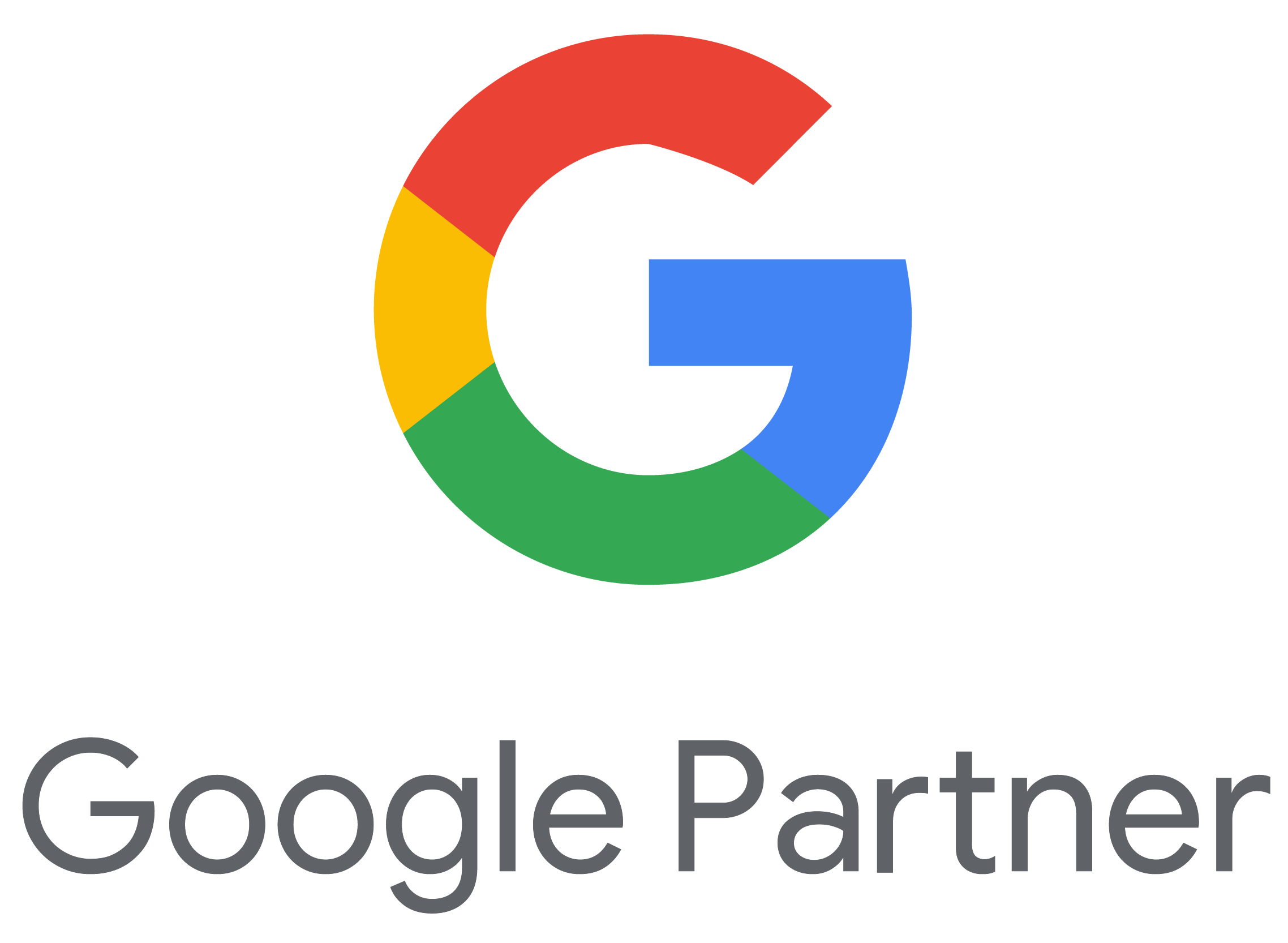Developing a Winning Content Strategy for Higher Education: What Every College Needs to Know

In today’s competitive higher education landscape, colleges and universities must go beyond traditional marketing tactics to attract and retain students effectively. A well-crafted content strategy tailored specifically for higher education is essential for building brand awareness, engaging prospective students, and ultimately driving enrollment.
This guide dives deep into the best content strategies for higher education, providing actionable insights, examples, and proven methods that every college marketing team needs to know.
Understanding Your Higher Education Audience and Their Journey
The first step to a successful content strategy is truly understanding who you’re speaking to. Higher education audiences are diverse, including prospective students, parents, current students, alumni, and donors. Each group interacts differently with your content and has unique needs.
Defining Your Target Audience
Prospective students want content that answers their questions about academic programs, campus life, and career outcomes. Parents seek assurance about safety, financial aid, and long-term value. Current students need ongoing engagement to boost retention, while alumni and donors look for opportunities to stay connected.
Mapping the Student Enrollment Funnel
Content should align with the student’s journey through awareness, consideration, decision, and enrollment stages. For example, early-stage content might include blog posts about choosing a major or virtual campus tours, while later stages focus on application guides and financial aid tutorials.
Core Components of a Successful Content Strategy for Higher Education
Setting Clear Objectives and KPIs
Effective content strategies begin with defining clear goals—whether that’s increasing enrollment, driving website traffic, or improving student engagement. Track KPIs like unique visitors, time on page, social shares, and application completion rates to measure success.
Content Types That Work Best
Higher education content shines when it’s varied and student-focused:
- Blog articles answering FAQs about admissions, scholarships, and campus life
- Videos such as student testimonials, faculty interviews, and virtual tours
- Interactive content like quizzes to help students find their ideal major
- Social media posts tailored for platforms favored by Gen Z, including TikTok and Instagram
- Podcasts featuring alumni success stories or academic discussions
Optimizing Channels for Maximum Reach
Your website should be the central hub with optimized landing pages using targeted keywords like content strategies for higher education. Email marketing remains invaluable for nurturing prospective students through personalized campaigns. Additionally, paid ads on Google and Meta platforms can amplify your reach effectively.
Crafting Content That Attracts, Engages, and Converts Prospective Students
Creating Student-Centric Content
Prospective students want authentic content addressing their concerns—financial aid options, career prospects, campus inclusivity, and social life. Storytelling works wonders here; share real student journeys and success stories to build emotional connections.
Personalization and Segmentation
Use CRM data to personalize messaging. Segment your audience by program interest, location, or engagement level to deliver relevant content. For instance, send tailored emails highlighting specific academic programs based on student preferences.
Incorporating SEO Best Practices
SEO is critical for attracting organic traffic. Conduct keyword research focused on phrases like content strategies for higher education and incorporate them naturally in your content. Use on-page SEO tactics like optimized titles, meta descriptions, and internal linking. Don’t forget to optimize for featured snippets and voice search, which are increasingly popular among prospective students.
Leveraging Data and Analytics to Refine Your Content Strategy
Regularly analyze content performance through Google Analytics and social media insights. Identify what topics and formats resonate most and which need improvement.
Conduct A/B testing for headlines and CTAs to enhance engagement and conversions.
Integrating Content Strategy with Enrollment and Retention Goals
Content doesn’t just attract students; it keeps them engaged through their academic journey. Recruitment content focuses on awareness and lead generation, while retention content builds community and supports academic success.
Retention-Focused Content Examples
- Alumni success stories that inspire current students
- Newsletters highlighting campus events and academic resources
- Internal portals with personalized academic tips and deadlines
Cross-departmental collaboration between marketing, admissions, and student services ensures consistent messaging and maximizes impact.
Current Trends and Innovations in Higher Education Content Marketing
Emerging Technologies
AI-powered personalization, chatbots for instant student support, and virtual reality campus tours are transforming how colleges engage prospects.
Video and Short-Form Content
Platforms like TikTok and Instagram Reels offer unique opportunities to reach Gen Z. Short, authentic videos showing campus life or student testimonials create meaningful connections quickly.
Social Responsibility Messaging
Highlight your institution’s commitment to diversity, equity, inclusion, and sustainability through authentic storytelling, reflecting the values that resonate with today’s students.
Practical Steps to Build Your Higher Education Content Strategy
- Conduct a content audit to identify gaps and opportunities
- Define detailed buyer personas based on research and data
- Create an editorial calendar aligned with the academic calendar and enrollment cycles
- Assign roles to ensure consistent content creation and distribution
- Set up measurement frameworks to track progress and adjust strategy
Final Thought: Take Your Higher Education Content Strategy to the Next Level
Developing an effective content strategy tailored to higher education’s unique needs is crucial for driving enrollment and engagement. By understanding your audience, setting clear goals, creating diverse and personalized content, leveraging SEO and data, and staying on top of emerging trends, colleges can build a compelling digital presence that attracts and retains students.
Start today by mapping your content to the student journey, optimizing your channels, and consistently measuring your results. With the right strategy, your institution can stand out in a crowded market and achieve lasting success.
Frequently Asked Questions (FAQs)
The most effective content types include blog articles addressing student FAQs, video tours and testimonials, interactive quizzes, social media posts tailored to platforms like TikTok and Instagram, and podcasts featuring alumni and faculty stories. Combining these formats helps engage different segments of your audience throughout their decision-making journey.
Colleges can optimize content by conducting keyword research focused on terms prospective students use, such as “content strategies for higher education.” Implement on-page SEO best practices like using clear headings, meta descriptions, internal links, and optimizing for featured snippets. Regularly updating content and incorporating local SEO for campus locations also boosts visibility.
A strategic content approach attracts prospective students by providing relevant information during their research and application phases. For retention, content fosters ongoing engagement by offering academic support, community-building stories, and resources that help students succeed, increasing the likelihood they stay enrolled and graduate.
Marketers can use tools like Google Analytics to track website traffic and user behavior, social media insights to gauge engagement, and CRM platforms to monitor lead nurturing and conversions. Heatmaps and A/B testing tools also help identify what content resonates best, allowing data-driven improvements.




